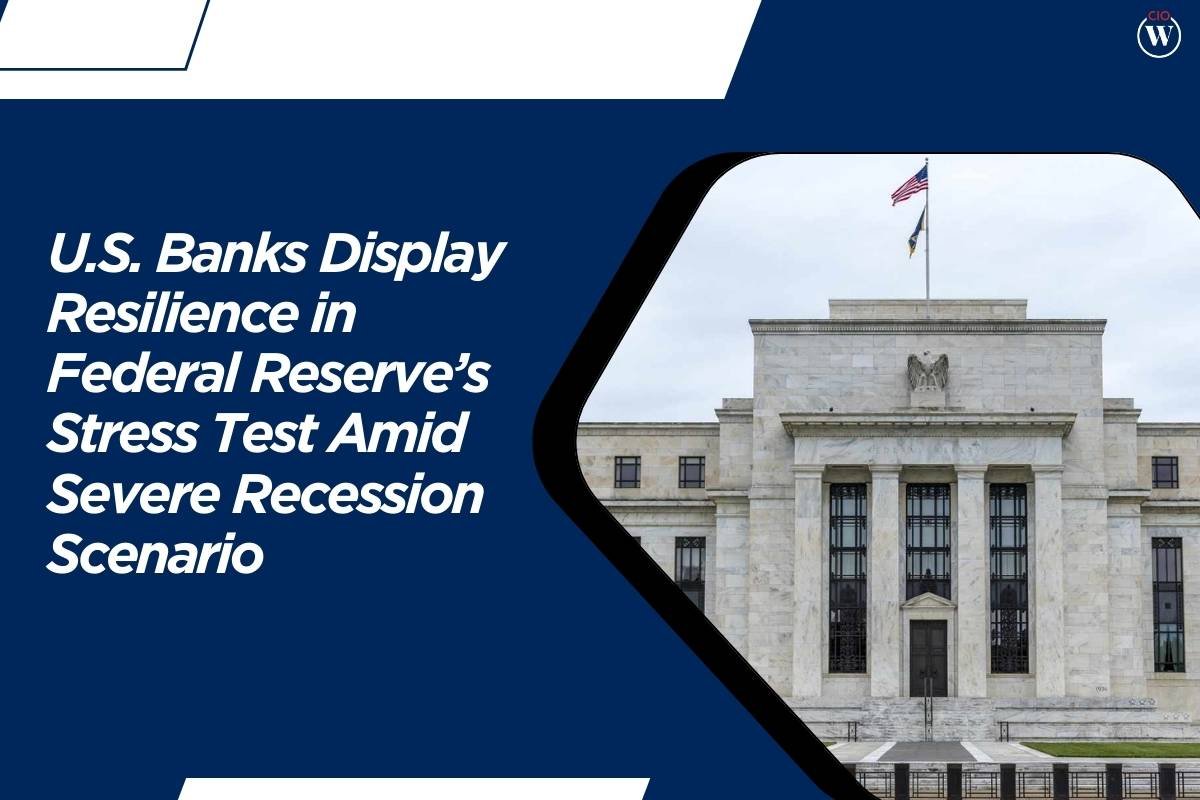The Federal Reserve announced on Wednesday that the largest banks operating in the United States have demonstrated robust resilience, even in the face of a severe recession scenario. According to the Fed stress test results, each of the 31 banks included in this year’s regulatory exercise successfully absorbed losses while maintaining capital levels above the required minimum. This critical evaluation, which gauges the financial stability of these institutions, assumed extreme economic conditions, including a surge in unemployment to 10%, a 40% drop in commercial real estate values, and a 36% decline in housing prices.
Michael Barr, the Federal Reserve’s Vice Chair for Supervision, highlighted the significance of these findings. “This year’s results show that under our stress scenario, large banks would take nearly $685 billion in total hypothetical losses, yet still have considerably more capital than their minimum common equity requirements,” Barr stated. He emphasized that this underscores the benefits of the additional capital reserves banks have accumulated over recent years.
Performance and Trends of Major Banks
This rigorous stress test is an annual requirement for banks, ensuring they maintain sufficient buffers for bad loans and influencing their decisions on share repurchases and dividend payouts. This year’s participants included financial giants such as JPMorgan Chase and Goldman Sachs, credit card companies like American Express, and regional lenders such as Truist. Despite the stringent assumptions, no bank encountered significant difficulties. However, the collective capital levels of these institutions fell by 2.8 percentage points, a more substantial decline than observed in the previous year’s test.
The Federal Reserve attributed this decline to several factors, including an increase in consumer credit card loans and a higher volume of downgraded corporate bonds held by banks. Additionally, banks experienced tighter lending margins compared to last year. Barr remarked on the evolving nature of financial risks, noting, “While banks are well-positioned to withstand the specific hypothetical recession we tested them against, the Fed stress test also confirmed that there are some areas to watch. The financial system and its risks are always evolving, and we learned in the Great Recession the cost of failing to acknowledge shifting risks.”
Exploratory Analysis and Future Plans
In addition to the standard Fed stress test, the Federal Reserve conducted an “exploratory analysis” focused on funding stresses and a potential trading meltdown, which applied to the eight largest banks. This analysis considered a scenario where the cost of deposits surged amidst a recession and included the hypothetical collapse of five large hedge funds. Even in this extreme situation, the major banks managed to avoid disaster, with potential losses estimated between $70 billion and $85 billion.
The results of this exploratory analysis highlighted the banks’ significant exposure to hedge funds but also their capability to withstand various trading book shocks. “The results demonstrated that these banks have material exposure to hedge funds but that they can withstand different types of trading book shocks,” the Federal Reserve noted.
Looking ahead, banks are expected to announce their latest share repurchase plans starting on Friday. These plans will reflect the insights gained from the Fed stress test and the current financial landscape, ensuring that banks continue to maintain robust capital positions to support lending to consumers and corporations even in challenging economic times.









